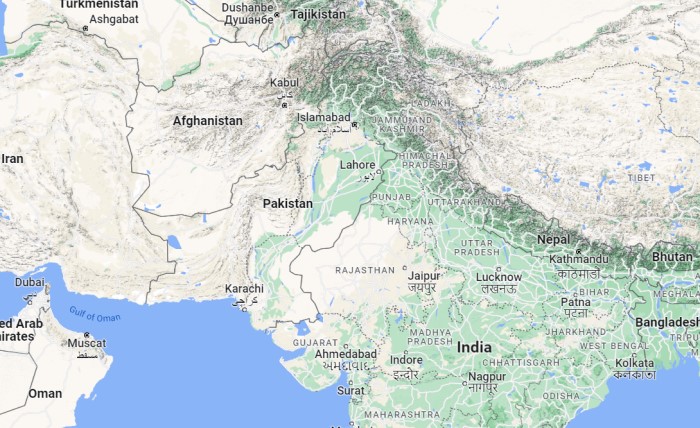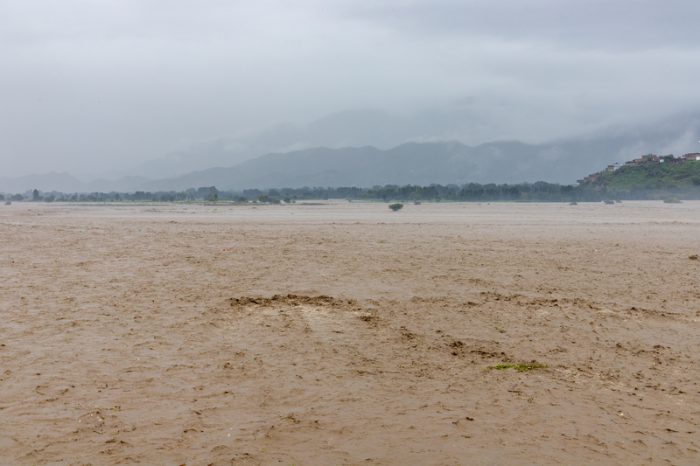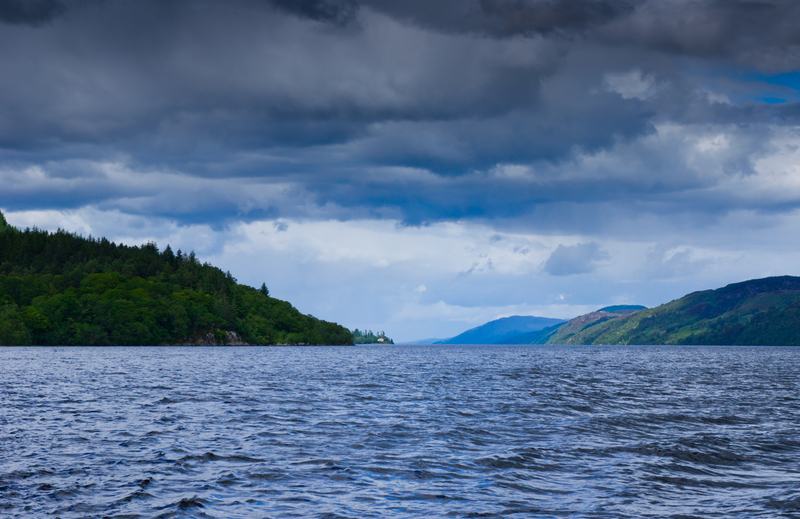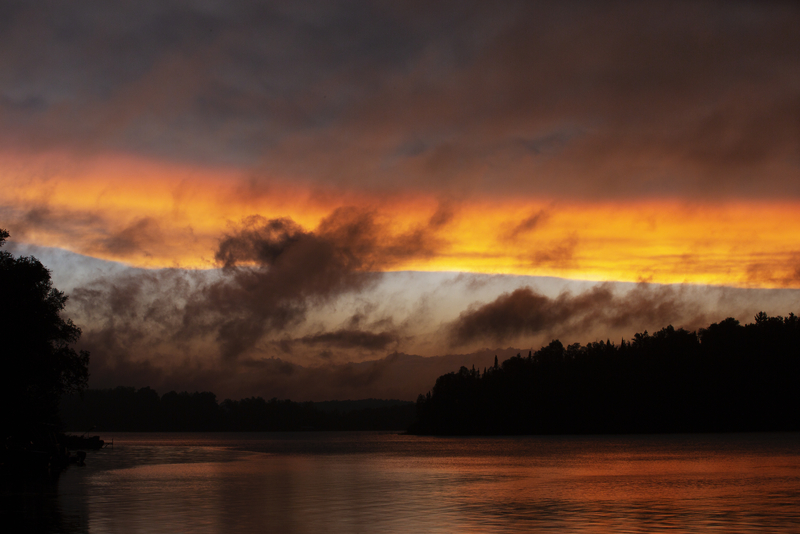Over the summer, flooding in Pakistan has become international news. Though heavy rainfall in the summer is common, this year, the rain has been on a level the country has never seen before.
The flooding reached crisis levels in July and continued through August. A state of emergency has been declared, and around a third of the country is underwater, said Pakistan’s Climate Minister Sherry Rehman.
According to Pakistan’s National Disaster Management Authority, about one in seven Pakistani people —33 million people—are directly affected by the floods. The damage is an estimated $10 billion US. And the waters are still rising.
Scientists say that that climate change is responsible for the increase in flooding. But how exactly does climate change create floods? And why is Pakistan being hit so badly?
How does climate change cause flooding?
Record flooding has damaged roads, buildings, bridges, and other structures across Pakistan. (Getty Embed)
The world’s climate is very complex. Many different systems interact with one another to create the weather that we see every day. But there are four main factors of a warming climate that can lead to increased flooding.
- Warming oceans: As oceans warm, there is greater evaporation, which sends more moisture into the air. This leads to more rainfall.
- Rising waters: Melting glaciers and polar ice caps release water that is usually frozen into oceans, lakes, and rivers. This raises water levels across the world.
- Heat waves: Intense heat can create something called a thermal low. This is a part of the atmosphere that is much hotter and lower pressure (less dense) than surrounding areas. Near a large body of water, it can act like a magnet for rain clouds.
- Drought: A drought, or lack of rainfall, doesn’t immediately lead to flooding. But as the ground becomes dried out, it loses its density. (That’s why you can’t build a sand castle with dry sand—you need water to help it all stick together!) If heavy rains come right after a drought, the loose land cannot hold back the water and is washed away.
How is Pakistan vulnerable?
Cities and towns across Pakistan are currently underwater. (Getty Embed)
Because of where it is in the world, Pakistan is vulnerable to flooding. The Indus River, which runs down the centre of the country, floods every summer during monsoon season.
Heat waves in early summer create thermal lows, which pull in heavy rain clouds from over the Indian Ocean and dump rain across the country.
Pakistan is used to this. But climate change has taken the normal and made it worse. The Indian Ocean is warming faster than any ocean in the world, and Pakistan experienced extreme heat waves in May and June. This made the monsoon rainfall during July and August heavier and longer-lasting.
Surprising glaciers

Pakistan has glaciers in the north, the Indian Ocean to the south, and a large river running down its middle. (Google Maps)
And there’s another surprising factor in Pakistan’s flooding. For a country so close to the equator, it is full of glaciers. In fact, Pakistan has more glaciers—7,000—than any country outside of the polar region.
The Himalayan Mountains run across the northern part of Pakistan, including K2, the second-tallest mountain in the world. But now, many of the glaciers are melting, creating thousands of lakes and sending huge amounts of water rushing into rivers.
The combined effects of extreme heat waves, melting glaciers, record rainfall is what has led to flooding that exceeds anything Pakistan has ever seen.
Unfair burden
People transport feed for their livestock through a flooded area of Pakistan. (Getty Embed)
As a country, Pakistan creates less than 1% of the world’s total carbon emissions. But no matter what country carbon emissions are released from, they quickly circulate throughout the world’s atmosphere.
This means that even though it is not a big contributor to the problem of climate change, Pakistan is still feeling its effects.
This situation has led to a feeling of injustice for many Pakistanis. Why are they shouldering the burden of something they contributed so little to?
Moving forward
This is one of many relief camps set up to provide shelter for Pakistanis who have lost their homes due to the floods. (Getty Embed)
Pakistan is currently receiving billions of dollars in aid from around the world. But it will take a long time to rebuild the country, and millions of people have lost their homes. Also, much of the country’s farmland has been flooded, ruining crops vital to Pakistan’s economy and food supply.
United Nations Chief Antonio Guterres has urged people to see what is happening in Pakistan as something that affects all of us. “Today, it's Pakistan. Tomorrow, it could be your country,” he pleaded.
In an interview with BBC news, leading climate scientist Fahad Saeed said that he hopes that the floods in Pakistan serve as a “wake-up call” about the effects of climate change. “The scale of the floods is so high and the rain is so extreme,” he said, “that even very robust defences would struggle.”
This situation is why so many people are pressuring governments to do more to reduce carbon emissions. To read about the recent landmark climate bill that was passed in the US, go here.
 Massive rainfall across Pakistan has flooded farms, ruining important crops. (ID 254911494 © Bilalphotos | Dreamstime.com)
Massive rainfall across Pakistan has flooded farms, ruining important crops. (ID 254911494 © Bilalphotos | Dreamstime.com)









